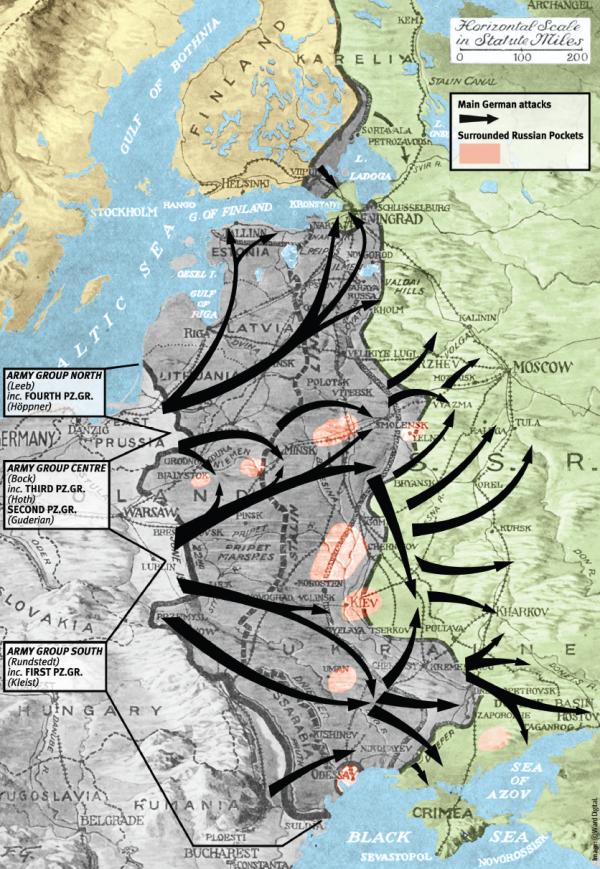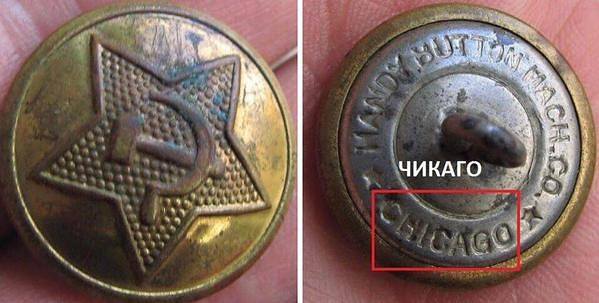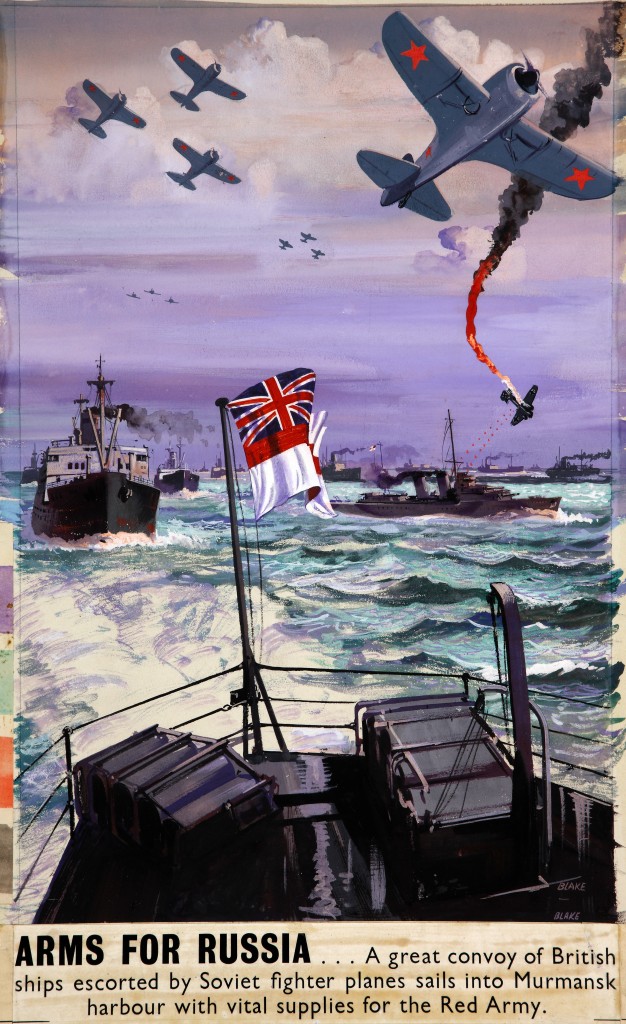
The Allied Battle for Bolshevism
Mike Walsh
The prevailing view of the Reich’s invasion of the Soviet Union is based on misinformation. Woefully uninformed is nearer the mark. It is commonly held that the rapacious land-hungry Reich made a fatal blunder in taking on the unprepared but plucky Russians. This is a fairy tale as far removed from reality as are the Hans Christian Andersen’s children’s tales.
 On June 22 1941 the Reich Armies, to thwart an imminent Soviet invasion, cut through the Eastern Territories like a hot knife through butter. An estimated 4.5 million fully-equipped Red Army troops were routed and rounded up like cattle. What was left of the Red Army quickly evaporated. Why was the Red Army such a walkover? Let us remember, this was the same hapless Red Army that 30-months earlier invaded Finland. Within 12 weeks it had been totally destroyed and sent packing by a farmer’s army. Not surprisingly, the armies of the Reich, with little resistance, reached the 1,600 kilometres distant Moscow in just 10 weeks. Stalingrad took a little longer.
On June 22 1941 the Reich Armies, to thwart an imminent Soviet invasion, cut through the Eastern Territories like a hot knife through butter. An estimated 4.5 million fully-equipped Red Army troops were routed and rounded up like cattle. What was left of the Red Army quickly evaporated. Why was the Red Army such a walkover? Let us remember, this was the same hapless Red Army that 30-months earlier invaded Finland. Within 12 weeks it had been totally destroyed and sent packing by a farmer’s army. Not surprisingly, the armies of the Reich, with little resistance, reached the 1,600 kilometres distant Moscow in just 10 weeks. Stalingrad took a little longer.
In June and July 1941, the Red Army was running so fast you couldn’t see their heels for the dust. There was no time to pack their toothbrushes, let alone take their military hardware with them. The Red Army’s equipment was abandoned and scattered across the steppe. As a consequence, when the Red Army had its back to the wall and was staring defeat in the face, their troops were both armless and harmless. The peoples of distressed Eastern Europe held their breath. The scourge of Bolshevism was about to be eradicated and Bolshevik Occupied Europe liberated. The threat to Europe was to be lanced; what could possibly go wrong?
Quite a lot actually; the British and U.S. cavalry were on their way. The British Empire’s armed forces and their territories were stripped bare of their means of defence and re-directed to save Bolshevism. Bolshevism was not saved by the Red Army; it was saved by Westminster and Washington DC.
In August 1941 the Murmansk aid convoys set out from the United States and Britain. Sailing until the war’s end these fleets brought everything needed to rescue the Soviet Union. With over 1,400 warships and freighters of three nations under sail, the convoys, over time, made up the largest armada ever gathered. What was written on these ships manifestos?
Much! The Red Army would have shuffled through the snow in bare feet had it not been for 15,417,001 army boots supplied by Britain. Uniforms and buttons were supplied by the U.S, Britain and British Dominions. The convoys lost 101 ships and 3,000 British sailors to submarine and air attacks; to these unfortunates can be added many U.S and Canadian seamen. A small example of what the Capitalists sent free of charge to ensure the continuance of the Bolshevik grip on Russia and Eastern Europe: 14,795 aircraft, 7,056 tanks, 51,503 Jeeps, 435,457 military vehicles, 8,218 field artillery, 1,981 locomotives, and 11,155 freight cars. This rail stock was also used to transport millions of Russians and other unfortunates to Stalin’s Gulag. 131,633 machine guns, 105 submarine hunters, 7,784 ships engines, 197 torpedo boats. Besides much more than can be listed here, 90 cargo freighters were left with Stalin’s Bolshevik Russia. There was 4,478,000 tons of food, machines and equipment $1,078,965,000. Non-ferrous metals 802,000 tons, petroleum products 2,670,000 tons, chemicals 842,000 tons, cotton 106,893,000 tons, leather 49,860 tons, tires 3,786,000.
Westminster supplied Bolshevik Russia with 7,056 tanks, 14,795 aircraft, 1,550 RAF trained pilots and ground crew. Philip Wilkinson, Chairman of the RAF-Russia Association says: “There is no doubt we were under pressure. We could have done with 40 Hurricanes going anywhere else but across the seas to Russia.”
RAF pilots flew sorties’ with the Red Army and engaged with the Luftwaffe in the skies above North-Western Russia. Four of these airmen, including a New Zealander, were to receive the Order of Lenin in recognition of their kills.
There simply isn’t the space to provide here the full inventory of aid sent; it does give a brief insight. There was only the problem of low Red Army morale. Understandably, it took more than a pair of nice new British boots, U.S made warm clothing and Chicago-made rifles to boost their sense of commitment. No problem, ‘Uncle’ Joe Stalin, the curmudgeonly old darling of the Western media had a solution to hand: Stalin explains: “It takes a brave Russian soldier to attack the Nazis, a braver one to retreat.” Follow my drift?
The subject has been previously covered by such books as Hubert van Tuyll’s Feeding the Bear (1989). A more compelling revelation was made by researcher Albert Weeks. Having advantage of access to Russian sources, the author makes a clear case that “the program was a major factor in the survival of the Soviet Union and the victory over Nazism.”
A version of this article of our contributor Mike Walsh was first published on Renegade Tribune.


